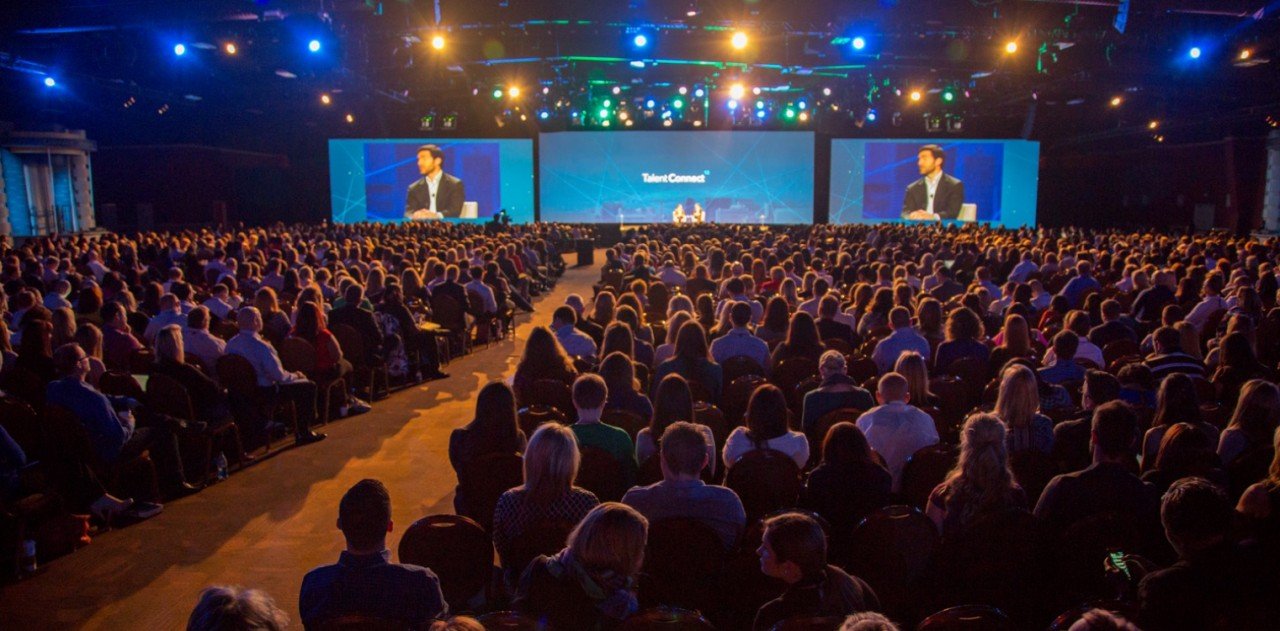The bread and butter of B2B PR? Industry events. Whether your brand is making a splash at a trade show or an executive is speaking at a conference, professional events combine direct customer contact with press opportunities. And the biggest of these events – like the Cannes Advertising Festival, the Consumer Electronics Show, or the E3 Expo, attract equally high-profile media. Here are some tips to both landing media interviews and making sure they’re successful.
Target relevant press
If you’re tackling an industry event without a full PR team facilitating outreach, pitching and planning for press interviews can be daunting. The key is to offer a conversation that’s intriguing enough to be worth the time within a busy schedule. First, align the expertise of brand executives in attendance with the news beats and interests of your media targets. You can typically use the media lists provided by the event host to determine which reporters will be attending, whether virtually or in-person. You can also research past event coverage, taking note of which media contacts have covered the event in previous years. Finally, ensure you package the offer in a compelling way that doesn’t reveal too many insights that would potentially preempt any information in the interview.
Plan well and double-confirm
Securing media interest is only the first step. Schedules fill up quickly, and firming up details promptly is important. It’s also wise to double-confirm all information and make sure both parties can contact one another directly. Locations and logistics at conferences and trade shows can be confusing and traveling from one point to another is often slow, so build in extra time. If your executive team is “off-campus” (or on a chartered yacht in the Mediterranean!) you will obviously need to arrange transportation. Make every step as painless as possible. Planning your meeting around a meal, or offering refreshment in a private room at your booth or hotel is often a good idea.
Make interactions memorable
Not that gimmicks are everything, but it’s important to make the reporters’ time worthwhile. Think in terms of not just one, but two or three potential stories. Media spend time at trade events to make connections, but they’re also after daily stories. It couldn’t hurt to give them a sneak peak of an innovative new product or simply introduce them to newly hired (relevant) C-suite members. Make sure all brand spokespersons are well prepared with necessary background and that they understand what the reporter needs.
It’s all in the briefing book
In the craziness surrounding traveling to and navigating an event, executives will likely be preoccupied leading up to their scheduled press interviews. Set them up for success by prepping a comprehensive briefing book well before the event. A briefing book will break-down the appointment times, media attendee’s background and the key topics for discussion. It’s designed to help break the ice, make both parties comfortable, and keep the conversation on track.
Accommodate COVID considerations
Even if you have past experience hosting media interviews at industry events like Cannes or CES, attending in 2022 and beyond will present new challenges. Don’t take them lightly.
The global COVID-19 pandemic isn’t over. And though many IRL events have come roaring back, they can still be tricky. Hybrid events, cancellations and last-minute attendee dropouts due to pandemic spikes have left organizers and sponsors scrambling to maintain decades-long industry traditions. Consider carefully when considering brand presence – in-person or otherwise – at future events.
As you schedule interviews, be sure to make adjustments to reporters or executives attending virtually. Taking time to maintain an organized system of scheduling and information-sharing will make a good impression. Everyone should be accommodated – no matter their location.
Consider the impact on local communities
Any corporate event attendance or sponsorship should consider its impact on the local town or community, particularly if it’s an international gathering. Think through the potential economic and health impact of physical attendance and be mindful that any decision you make may be a topic of discussion with the press. CES 2022 was labeled a high-tech ghost town after brands canceled their travel plans in the weeks leading up to it due to COVID-19 spikes. And maybe it’s better they did. A few months later, Upfronts in May was deemed a superspreader event.
Be prepared for protests
More importantly for brand reputation, on-site protests or breaking news can shift the focus of discussion at a high-profile conference. This summer at the Cannes Lion Festival, for example, Greenpeace protesters made a splash in canoes to protest the fossil fuel industry’s greenwashing in advertising. Red-carpet protests against sexual violence and Russia’s invasion of Ukraine followed. Not only do such protests grab headlines, they sometimes invite media to query corporate sponsors and participants about the issues being highlighted. It’s important that any and all spokespersons are ready to comment if appropriate, and that they’re comfortable adapting messages to the situation. Above all, only authorized company representatives should address a controversial issue, and any brand spokesperson should take care not to appear insensitive to protesters’ concerns. For more on media training and brand messaging, check out this post.
With so much to do and consider when landing press interviews at industry events, it’s easy to forget about media or communities outside the “bubble.” But it’s your job to maintain a safe experience not only for your brand, but for all participants. Remaining socially conscious in post-COVID 19 times, while preparing and planning thoughtfully for attendance, can result with a huge win for your brand on the PR front.


